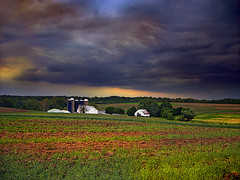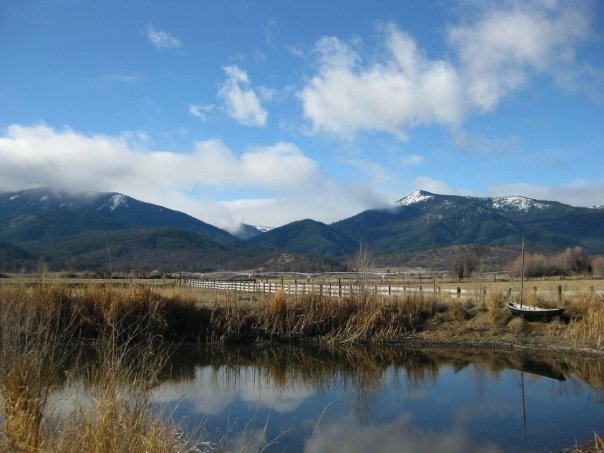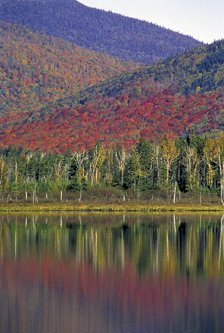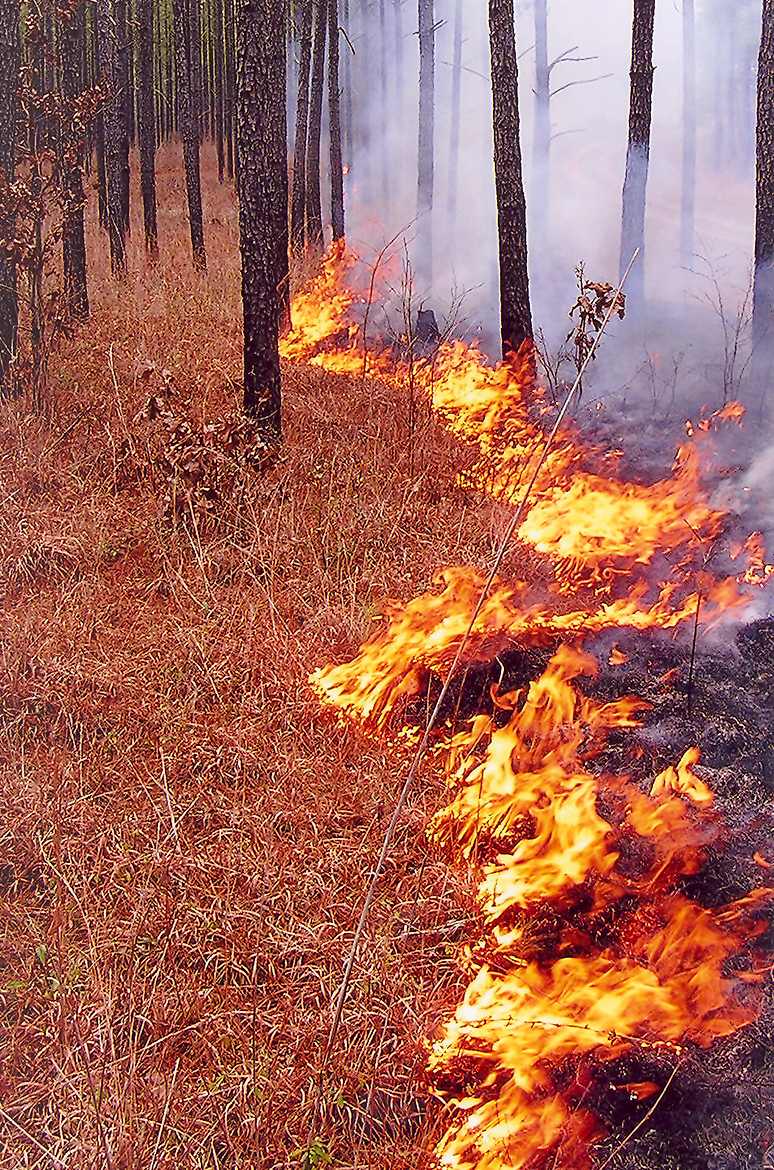Private Land and Public Power: Some Questions You Might Ask
By: Amos S. Eno
Posted on:04/21/2011 Updated:07/29/2011An exploration of the importance of private lands and the implications of declining public funds and low public understanding.
Q: How many private land owners are there in our nation of 330 million people?
Amos Eno: “ Less than 13 million: 2.2 million farms and ranches encompassing 920 million acres (USDA 2011), and 10.7 million forest land owners who own nearly three-fifths of all US forest lands. Together this assemblage of ranches, farms and private forests represent 70% of the US lower 48 states’ landscape. If you throw in Alaska and Hawaii it declines to 60%, but it still represents, unquestionably the largest conservation market of the 21st century.”
Less than 13 million: 2.2 million farms and ranches encompassing 920 million acres (USDA 2011), and 10.7 million forest land owners who own nearly three-fifths of all US forest lands. Together this assemblage of ranches, farms and private forests represent 70% of the US lower 48 states’ landscape. If you throw in Alaska and Hawaii it declines to 60%, but it still represents, unquestionably the largest conservation market of the 21st century.”
Q: If private lands are so important, why not rely on regulation to protect them?
AE: “Do you refer to eminent domain? Endangered Species Act restrictions? The Clean Water Act’s wetland mitigation requirements? All of these strategies have been applied for the past 30 years, and still our problems are multiplying. Plus, we live in a democracy where private property rights are respected, which is why these options have proven so controversial over the years. Voluntary action through easements, education, and technical assistance will be far more effective, but incentives can also be complemented by removing impediments to conservation. Revising the tax code so that landowning families are not forced to subdivide their property to pay estate taxes on farm land that is valued at the price of a condo development would be a major first step.”
Q: The Private Landowner Network and state conservation sites have continuously increased their web user traffic since establishment. But do private landowners, whose average ages are so advanced, really u se the internet that much?
se the internet that much?
AE: “Yes. People over 70 are one of the fastest growing groups using the internet. I know plenty of ranchers on the move all day who are as tied to their smart phones as any Washington politician. Furthermore, a huge transition is coming, remember? The trade publication, Agripulse, recently reported that 83% of young farmers view the internet is an important tool to access general and farm news, while 72% turn to the web to collect buying information for their operations. I recently read in a blog that young people are turning in droves to farming, and since they don’t know how to farm, guess how they learn? The internet!”
Q: Have you worked with the current administration to influence their thinking in these matters?
AE: “Yes. We work closely with the federal land management agencies in developing key content for our landowner websites. We also put our 2 cents in to comment on the development of Obama’s America’s Great Outdoors initiative. To a large degree it relies on the 20th century strategy of focusing on public protection of large spaces, with one plank calling for a private lands initiative. Far from simply a plank, I believe private lands will have to build our 21st century conservation initiatives from the ground up. The USDA evidently agrees, they have a short video that summarizes the issues at http://www.youtube.com/watch?v=vB1YLmwMF0Y.”
Q: Landowners have been a key component of land management in the U.S. since its founding, and obviously toda y’s landowners have been aging for quite some time. Why is action so urgent now?
y’s landowners have been aging for quite some time. Why is action so urgent now?
AE: “Well, action has been needed for a long time. The issue now is that as aging landowners pass their land on to the next generation, problems are magnified. Land rarely goes to a sole heir, so it tends to be broken up or even worse, sold off and the proceeds shared among the next generation. Young people, even those whose families grew up on the land, are often much less engaged or knowledgeable about natural resource management. They need more assistance than previous generations. A study in the Rockies, conducted over a decade, found that ranch turnover went as high as 42%, and the majority of ranches went to amenity or out-of-state buyers. This new breed of landowner will almost assuredly need stewardship guidance.
“That same Agripulse article I cited earlier also stated that young farmers believe farm income should come totally from the marketplace (avoiding federal subsidies), and they are committed environmental stewards with 68 percent saying that balancing environmental and economic concerns is important and 58% using conservation tillage.
Q: How c an the urban populace help?
an the urban populace help?
AE: “I believe that urban people everywhere need more of a basic understanding of their connections to the local ecology - the part past the urban service boundary. They need to adopt the same attitude of awe and respect for today’s working lands that we now tend to have for America’s great public parks. While they may not pack the same visual punch as a Yellowstone or a Yosemite, private working lands harbor the the most biological diversity and the most productive ecosystems. As metropolitan areas continue to grow, suburban sprawl and ranchette development put the squeeze on working lands and make landscape scale management, such as prescribed fire, nearly impossible. This can only change if the people living in cities understand and support land stewardship to the same extent they now support recycling and green energy.”
 Sign In
Sign In
 Sign In
Sign In
